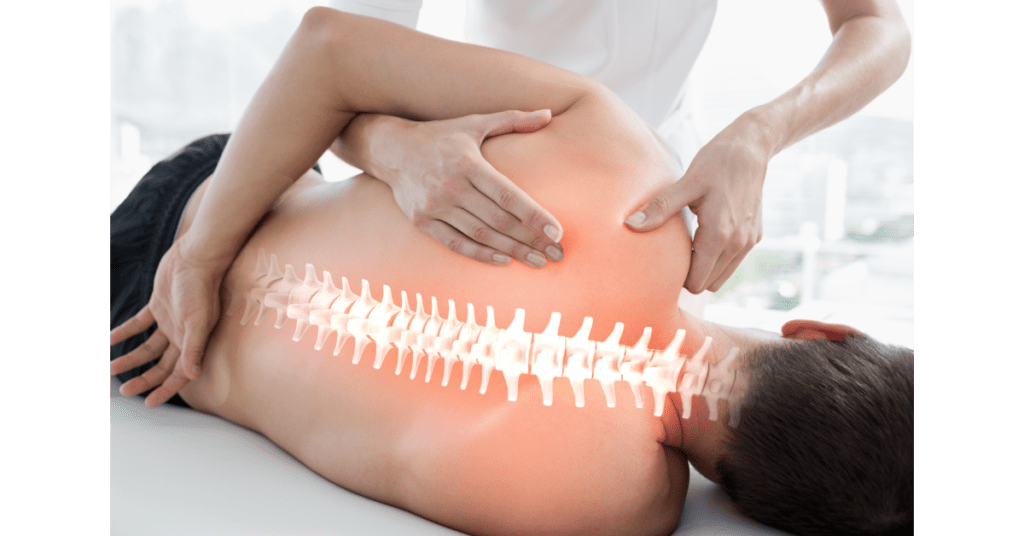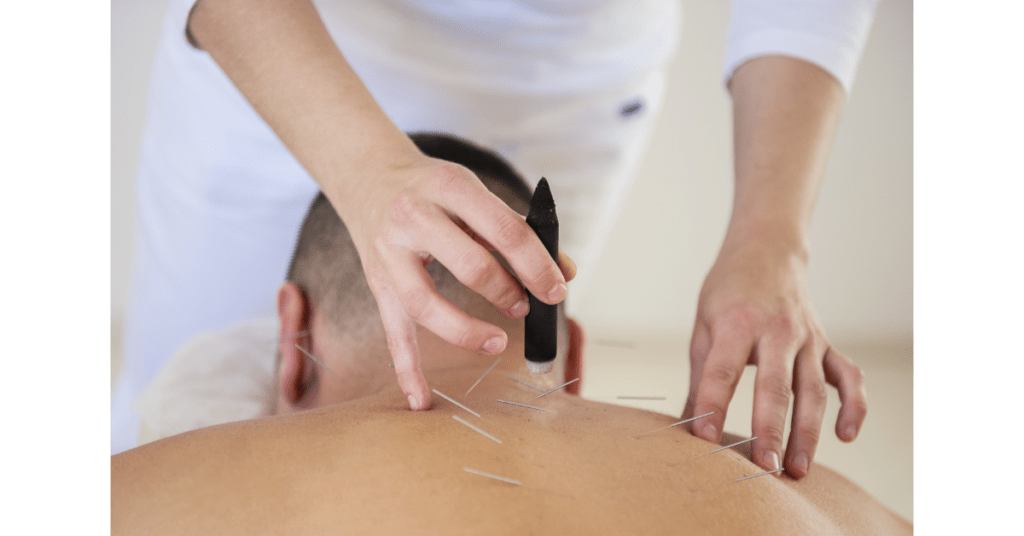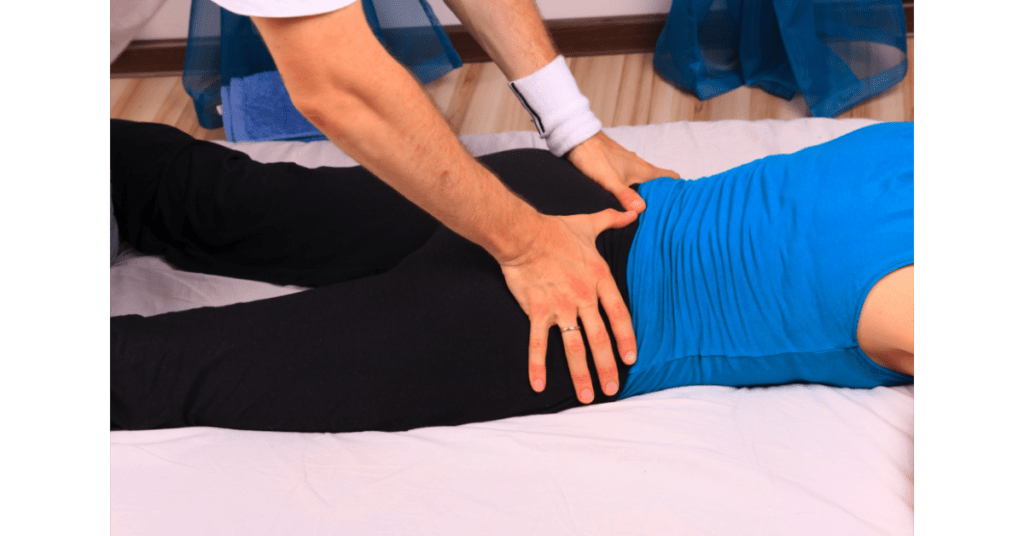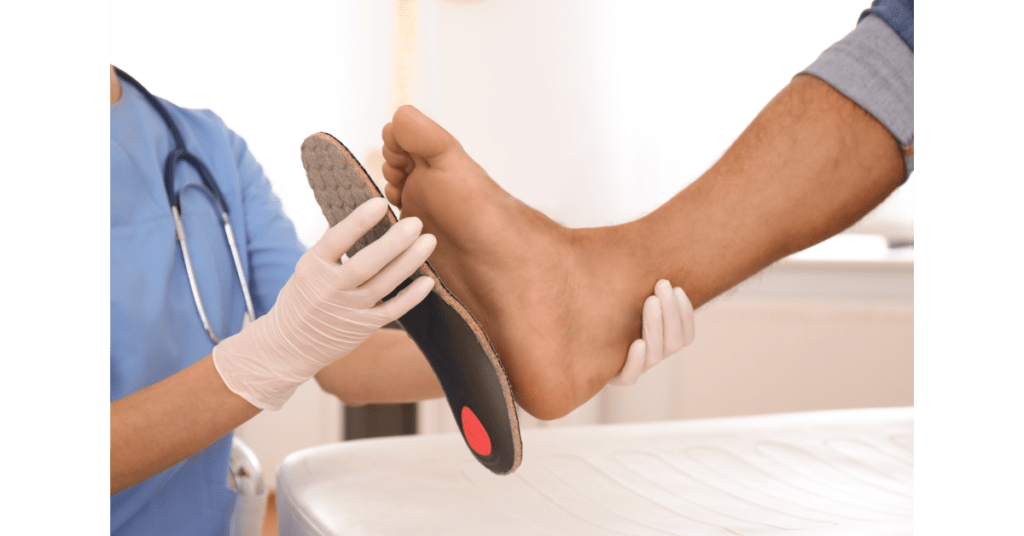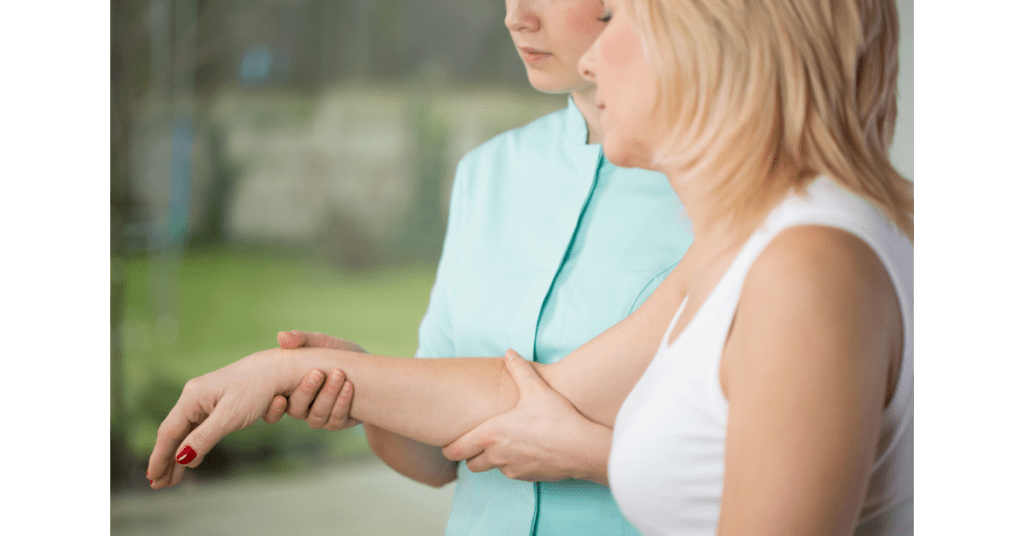What is the ACL?
The knee is one of the largest and most complex joints in the human body. The Anterior Cruciate Ligament of the knee, also known as ACL connects the front top part of the shin bone to the back bottom part of the thigh bone. It prevents the shin bone from sliding forward. The functioning of the ACL depends on four primary ligaments and several muscles, tendons and secondary ligaments. The knee has two ligaments on its sides. The medial collateral ligament (MCL) and the lateral collateral ligament (LCL) and two crossed ligaments in the center of the knee, the anterior cruciate ligament (ACL) and the posterior cruciate ligament (PCL).
How is the ACL injured?
A direct blow to the knee can result in injury to the ACL. This can happen either during football or an accident. When this happens, the knee is pushed into an abnormal position tearing one or more ligaments in the knee. However, most ACL tears occur during agility sports activities, without contact between the object and the knee. For example, when an athlete extends the knee while landing from a jump, or when a running athlete changes direction, such injuries can take place. Since there are several other injuries to the joint surface that are difficult to identify, you will need to consult a physician to diagnose and establish whether it is an ACL injury. Sometimes the swelling in the knee area can make it difficult to identify the tear. In order to ensure that the diagnosis is accurate, the physician may ask for an arthroscopy or an MRI scan. Only a thorough examination of the knee will help the physician identify which ligaments are injured.
ACL is also one of the most common knee ligament injuries that affect sports persons. Close to a quarter-million people suffer from ACL injuries each year in Canada and the US. The highest incidence of such injuries are found particularly in sports such as soccer, basketball, football, and skiing. Women athletes or sports persons are more likely to suffer ACL than their male counterparts. Those who suffer ACL injury are also at higher risk of developing arthritis later in life.
Can you prevent ACL injuries?
There are some programs that focus on reducing the incidence of noncontact ACL injuries. They are targeted at developing control over the nerves and muscles of the knee through strengthening exercises, developing stability, balance, and focus on plyometrics. Plyometrics is a powerful method of rapid muscle movements. It lengthens the muscle in the eccentric phase and then shortens it in the concentric phase. These movements increase muscle power. Balance training is done with the help of balance boards and the use of wobble. Exercises such as jumping and landing on one leg with the knee flexed and then holding that position momentarily help in strengthening and developing stability.
Can ACL tears be treated surgically?
A range of surgical methods is available for the treatment of ACL injured knee. However, it is clear that stitching the ligament together does not always work. Current approaches include reconstructing the ACL by building a new ligament with tissue harvested from another tendon around the knee or from a donor. A new ACL is created by passing the tissue through drill holes in the thigh bone and shin bone and then put in place. This graft matures over a period of time and then becomes a new, living ligament inside your knee.
How does ACL injury recovery happen?
After the successful reconstruction of the ACL, rehabilitation of the knee needs both time and hard work. Depending on the seriousness of the injury, it may take between 6 weeks to 6 months to function fully. Rehabilitation may take longer based on the individual’s involvement in sport or activity. On the whole, ACL surgery has been successful and several studies have indicated that more than 90 percent of patients are able to return to sports activities without any sign of knee instability. Further, issues related to stiffness and pain after surgery have also been minimized with the help of current surgical techniques and aggressive rehabilitation.
How can physiotherapy help with ACL injury?
After ACL surgery or even before physiotherapy is a very important. Both hip and knee strengthening are important prior and post surgery. Sometime if there is good strengthening of the knee and its muscles there is no need for surgery. However this needs to be determined by your specialist.

